Short Note: Selamat Hari Raya to all my muslim friends around the world. Enjoy your holidays and celebrations. I'm still sick at this point, it's been more than a week and it isn't fun :(.
Sorry if I haven't had the health or mood to blog as much lately, while I'm recovering, let me show you a wonderful palace I visited in Seville that was adorned with the most magnificient garden. It would be a perfect fit for the Raya since Mudéjar architecture was influenced by muslims of those times (of Al-Alandus).or called the "Royal Alcazars of Seville".
You guessed it, it's the royal palace in Seville which architecture style was heavily Arabic influence - also referred to as the mudéjar architecture.



Unlike most palaces, the Real Alcazar has a rather humbling entrance as compared to its more superior interior.



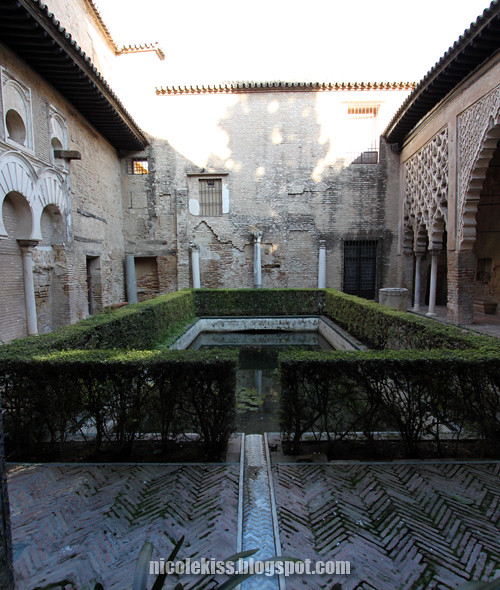
The grander part.

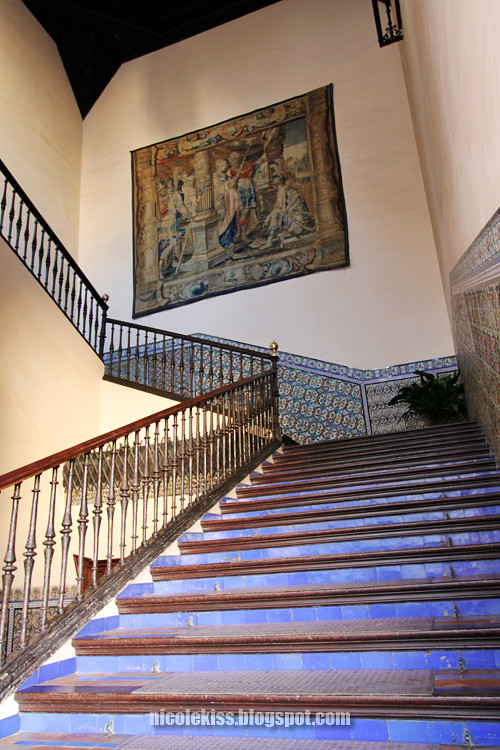
 the secret passage for the king to escape during an invasion
the secret passage for the king to escape during an invasion where the passage leads to
where the passage leads to
Some of the most intricate designs had been dedicated to its ceiling and wall. One could stare at how extravagant each ceiling or room, the amount of time and effort spent on carving them out. Each space a different design.
 wall, pillars, right up to the ceilings were covered in detailed carvings
wall, pillars, right up to the ceilings were covered in detailed carvings




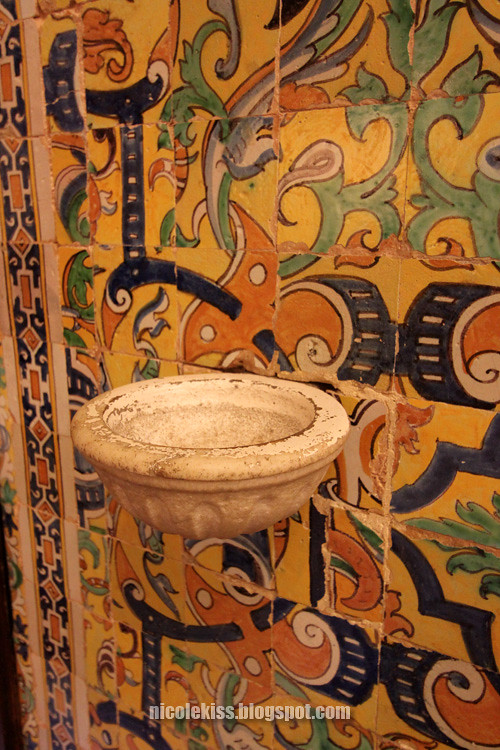 drinking station?
drinking station?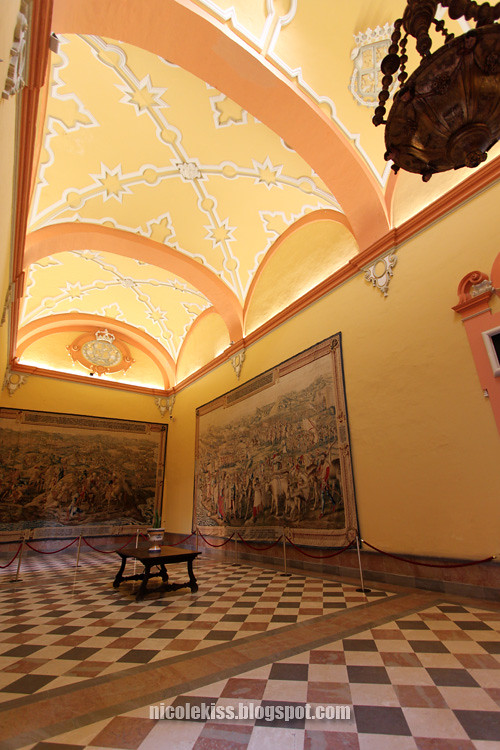 ballroom
ballroomHere's a floorplan of the palace:
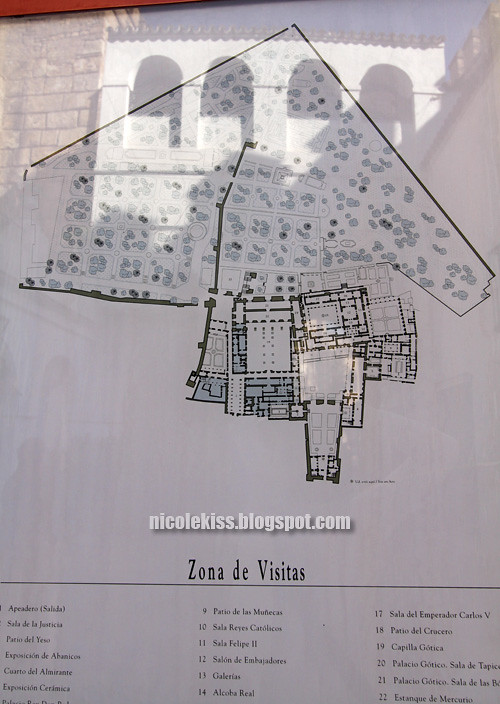
What struck me the most about the Alcazar was the magnificence of a courtyard and an even more impressive garden at the back. History aside, the place was a wonderful tourist or local spot for a day walk, either in its maze garden, the orange trees garden, or the luscious green garden filled with wandering peacocks and fountains.





 the maze
the maze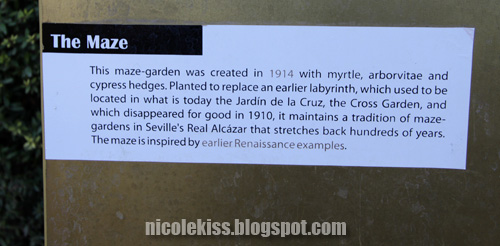
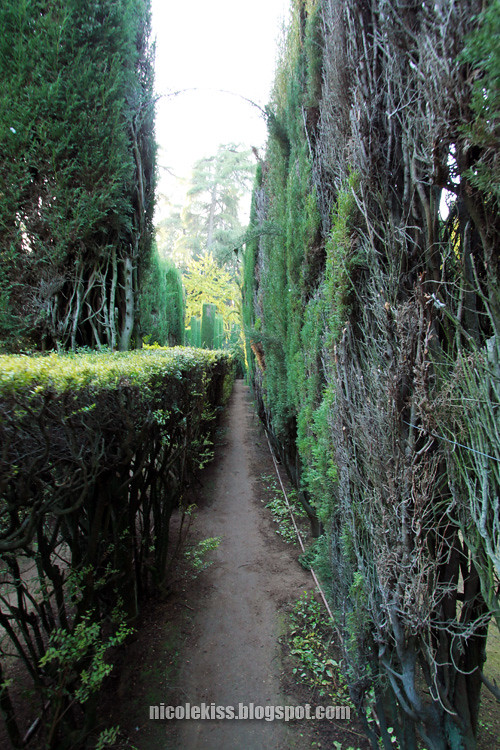 tall trees lined in the maze
tall trees lined in the maze
 a secret garden?
a secret garden? ducks in pond
ducks in pond I find this duck a bit eerie, looking at me like that. :S
I find this duck a bit eerie, looking at me like that. :S smiley orange!
smiley orange! This put a smile on a face. If only all fruits come with a smiley face, the world would have been a better place.
 beautiful orange in the orange trees garden
beautiful orange in the orange trees garden
Spotted a dungeon looking area with water-filled tunnel. Looked it up online and found that it was called the Baths of Lady María de Padilla, who was supposed to be the mistress of the Peter the Cruel. The other story was that she was known for her purity for defending against the advances of the king, hence the bath.

What's CREEPY about this place, after looking at the photo lately, while resizing it, I realised I had a similar dream about a place exactly like this, a dungeon filled with water and I was swimming under water towards a very deep space within, which was supposed to open up to a darker cave that held treasures and other mysteries I was trying to unfold.
And I totally forgot about this place and this photo until I wanted to blog about it. And the dream happened like a couple of months back. But now that I'm looking at this, it bears an uncanny resemblence to that dream of mine, only that the water dungeon was much bigger, and darker, and deeper.
:S


found myself in some tower bridge that splitted across two gardens. I wondered what it was for. Perhaps for princesses and the king to overlook the garden without getting out of the palace?
There were a lot of artists in the greender side of the garden painting and sketching.

Made the place filled with artistic vibe.
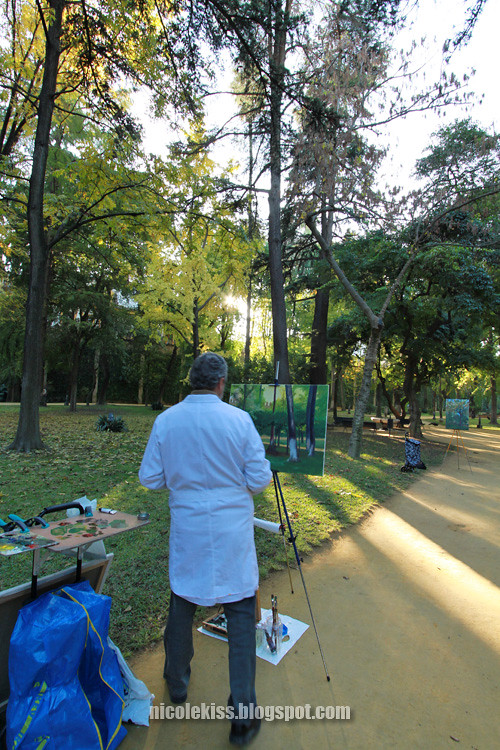 cut and paste?
cut and paste?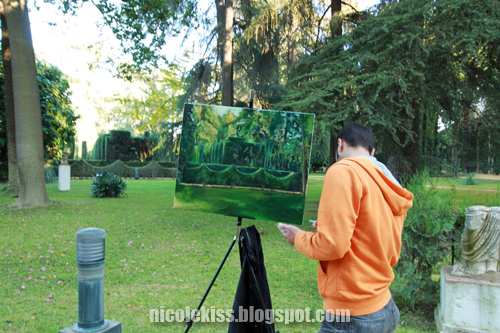
Why don't I see artistic people in our park? :(
It's such a great feeing.
Oh, and I stalked a peacock. :D
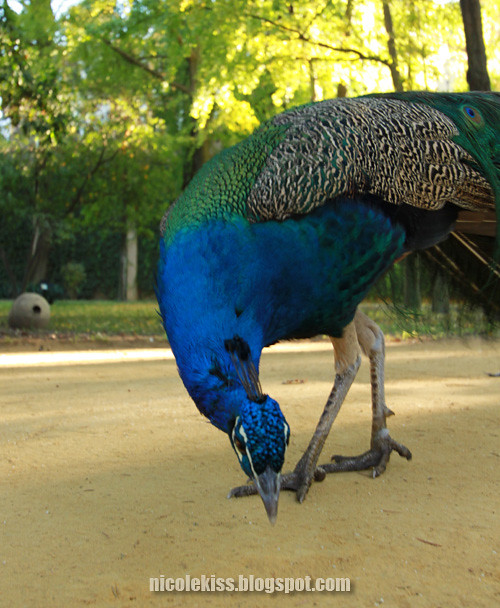
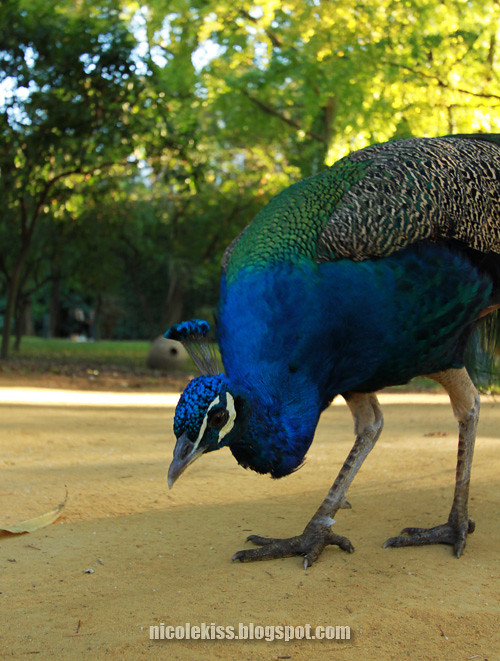
So pwweetty~
I waited half an hour for them to fan out their tails but they didn't. :(


















































